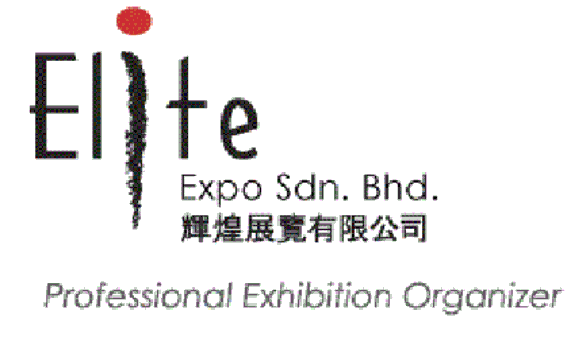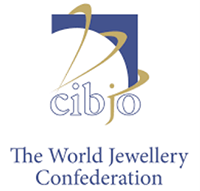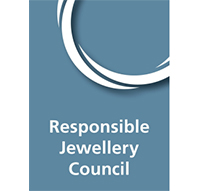Natural diamonds for modern consumers!
The growing influence of laboratory-grown diamonds (LGDs) is reshaping the diamond market. The once clear distinction between a Diamond and a Natural Diamond (ND) has now become a crucial point of differentiation, highlighting the urgency of understanding and adapting to this shift.
In the flow of LGDs Spark, several companies get influenced! In the row, several companies compromised NDs’ business and failed to catch up with LGDs’ business, and they realized now that they were swiftly losing the plot of NDs’ Business! They started feeling that they may lose their ND’s leadership sooner.
Even DeBeers reviewed its LGD policy on Lightbox and the production guidance for Element Six. Now, DeBeers wishes to return to the root! Therefore, DeBeers unveiled its Origins strategy! They aim to enhance the value of their business, from mining to retail.
Indeed, DeBeers is well spread across the upstream and downstream, from rough diamond exploration to retail! Indeed, DeBeers has influenced mining to retail for natural rough diamonds for over a century! Now, they are eager to return to their over-the-century roots!
Another point is that DeBeers has always remained prudent to their shareholders and business partners; therefore, they have an innate quality to book impressive profits. This quality of booking a remarkable profit, they always keep watch on DeBeers every step and deal!
DeBeers, faced with a tumbling LGD price chart and uncontrolled LGD production, has responded with a strategic review. The company’s decision to focus on high-return projects in core upstream assets, midstream technologies, natural diamond retail, and synthetic diamond technology solutions instills confidence in its future direction.
DeBeers’ commitment to natural diamonds is unwavering. Its five-year strategy, which emphasizes boosting Natural Diamond (ND) marketing, streamlining the business, and focusing on high-return investments from exploration to retail, reaffirms its dedication to the industry.
For a long time, DeBeers has led the NDs in the market and trade industry. They have contributed their values, ideas, planning, and policies to keep up the value and demand of NDs! Again, they are looking within and reviewing their portfolio to remain with high-return projects!
While reviewing their portfolio, they are examining the entire diamond pipeline. Right from mining assets to retail brands, they are integrating the diamond business from the upstream to the downstream. DeBeers endeavors to reinvent the diamond business! They wish to adopt a significant change!
The review of DeBeers suggests that the hour demands to monitor portfolios and remain relevant in the diamond market and business.
Those who understand DeBeers and how they work with long-term policies to maintain existence remain impressive in the market, stay relevant, and keep stakeholders’ profits and accountability! Those who perform daily have an allowance to rectify their mistakes, and by the end of the term, they may fix their errors to stay correct in the mid-term and long term!
Look at the areas of focus areas:
1. Remain a leader in ND’s mining,
2. Maintain leadership in diamond technology, and
3. Influence effectively those luxury retail markets!
With the growing buying experience, consumers are becoming more affluent! Increasingly, they are differentiating between natural diamonds and lab-grown diamonds. Recently, NRF reported 1Q that consumers remain willing to spend despite slow growth! US Consumers remained willing to spend! This is the time to focus on the diamond business—just refresh the business because a valued modern buyer understands the value of NDs.


















